Category
Hot News
j9 philippines Michelin-trained Chinese-Filipino chef Harvey Hsieh on the power of grit, gumption, and good food
Updated:2024-10-25 03:00 Views:78
The chef de cuisine of Hong Kong’s Michelin-starred restaurant Vea talks about his culinary journey and creative vision
“The pursuit of my bliss wasn’t a straight path,” says chef Harvey Hsieh.
“Truth be told, the path I traversed was a convoluted one that was filled with intoxicating peaks and terrifying valleys. My journey has been punctuated by moments that brought me deep heartache and crippling self-doubt as well as moments of personal triumph and even fleeting moments of catharsis.”
 Photo by Keefe Chew
Photo by Keefe Chew
From being a college dropout to building the viral sourdough brand Naked Bakery in Greenmeadows and eventually leading the kitchen as chef de cuisine at Hong Kong’s Michelin-starred Vea, Hsieh’s culinary journey has transformed setbacks into stepping stones to success.
Deciding to quit his Ateneo de Manila University education at 19 years old, Hsieh negotiated with his parents to allow him to attend Le Cordon Bleu Culinary Arts Institute in Ryde, New South Wales instead. Although he was eventually supported by his parents to pursue culinary arts in Australia, Hsieh was bound by a verbal contract with his mother on a car ride during his final day at Ateneo.
“Your father and I will support you this one time but remember that a mark of an honorable man is having the grit, commitment, and steadfastness to finish what he has begun. Don’t quit.”
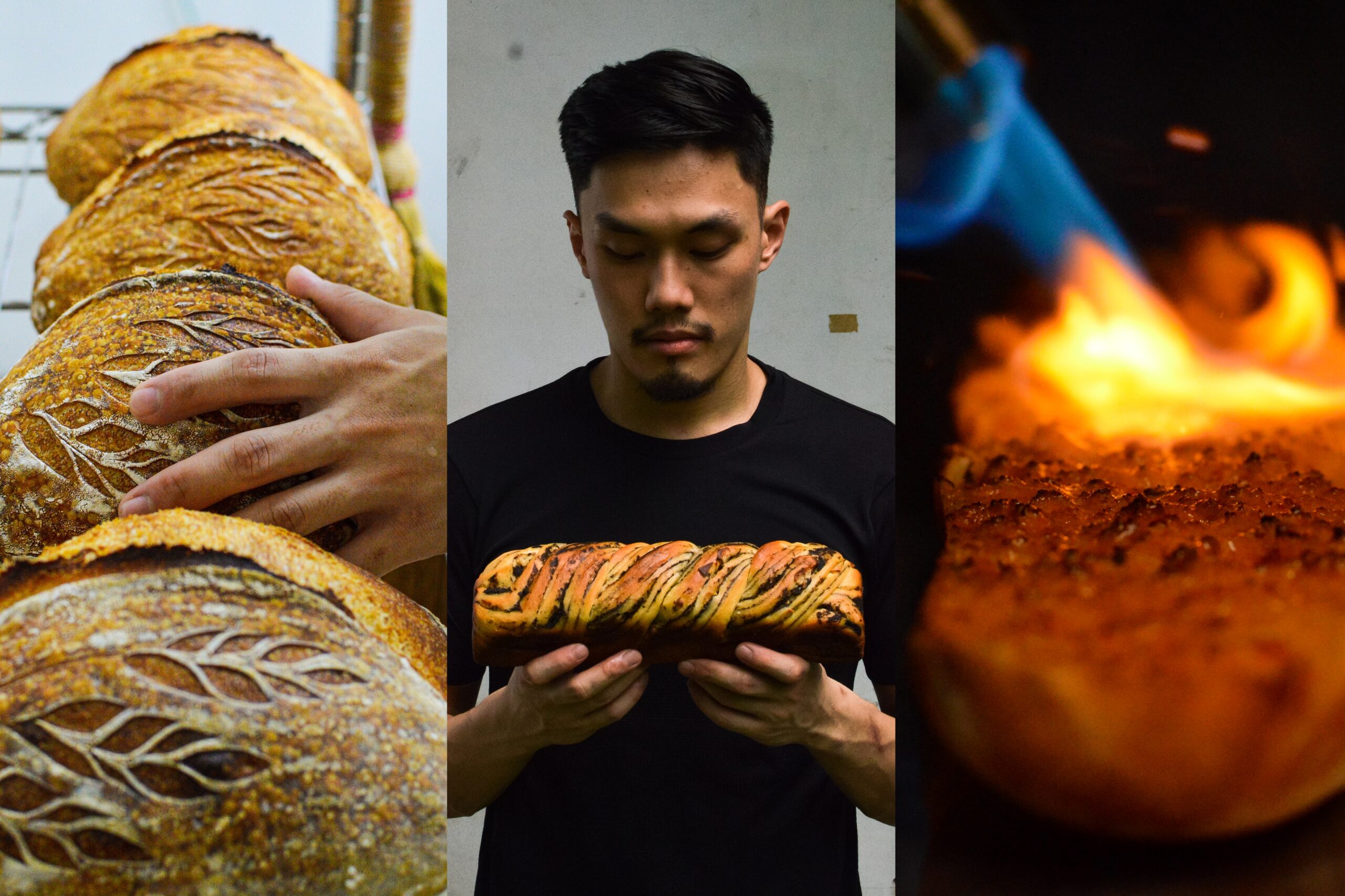 Harvey Hsieh is the founder of the viral sourdough brand Naked Bakery. Photos by Patrick de Veyra
Harvey Hsieh is the founder of the viral sourdough brand Naked Bakery. Photos by Patrick de Veyra
Hsieh finished his culinary arts course and went on to work in some of the best kitchens in the world, which include five years at Amber, a two-Michelin star restaurant in Hong Kong and two years at another two-Michelin star restaurant La Dame de Pic London.
His experience at La Dame de Pic, founded by the legendary French chef Anne-Sophie Pic, inspired him to have an expanded and elevated perspective on cooking as Pic’s culinary philosophy revolves around the dissolution of all elements in a dish while keeping the most essential element: taste.
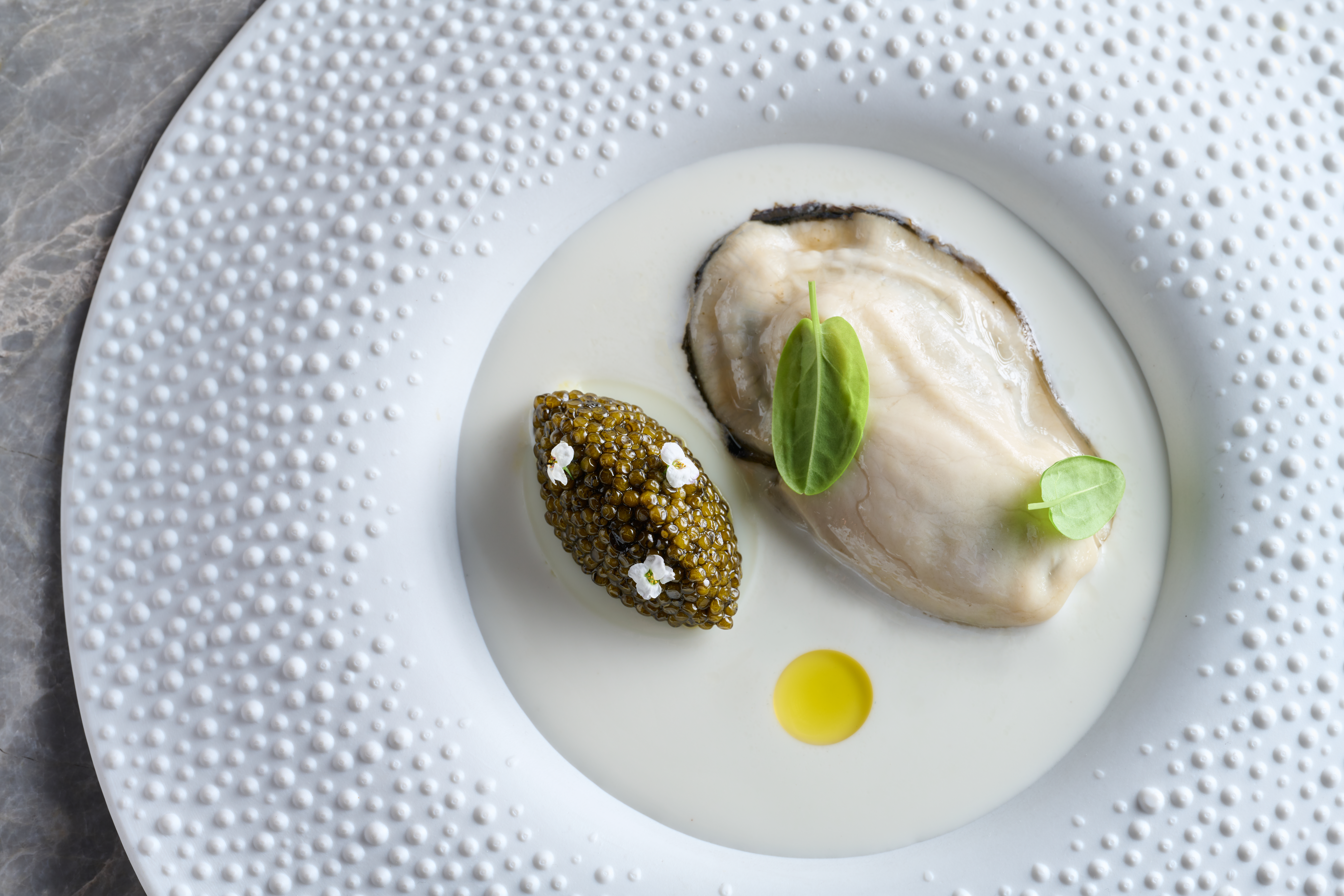 Vea’s Iwate oyster with Kristal caviar and Chinese almond. Photo from Vea
Vea’s Iwate oyster with Kristal caviar and Chinese almond. Photo from Vea
Hsieh’s seven-year training in the finest and most cutting-edge restaurants in the East and the West enabled him to experience first-hand cultural interconnections in a global context while allowing him to imagine exciting possibilities in the culinary arts.
Hsieh’s return to Hong Kong and Manila began when a series of unfortunate disruptions in his life as a London-based chef forced him to find and reinvent himself—all at a time when he thought he had everything figured out.
He was a rising star and an indispensable player in a perfectly synchronized dream team of chefs and cooks. As a multicultural polyglot who speaks five languages, a top-caliber and pedigreed sous chef in the two-Michelin star restaurant La Dame de Pic London, he had good reason to believe London was his personal Promised Land.
When everything seemed to flow perfectly like clockwork, there was an uneasiness that began to well up within him.
Hsieh began to feel a nudge to enter into the unknown, to leave the glitzy London food scene and build himself again from the ground up. A call to a new adventure was brewing within him, a call to look East, to uproot himself yet again, and to venture back to Asia.
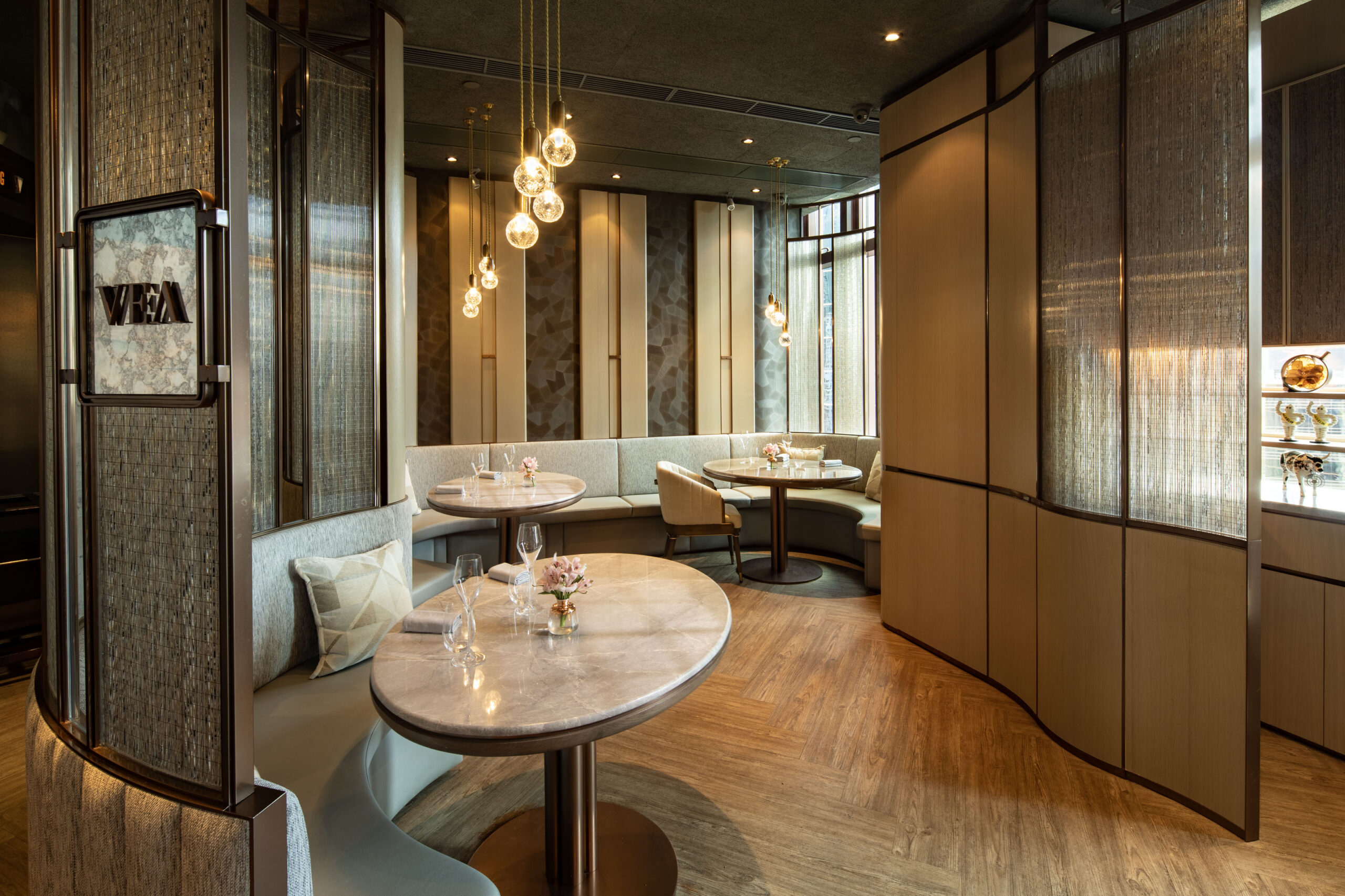 Vea promises an experience where Chinese classics meet French culinary techniques
Vea promises an experience where Chinese classics meet French culinary techniques
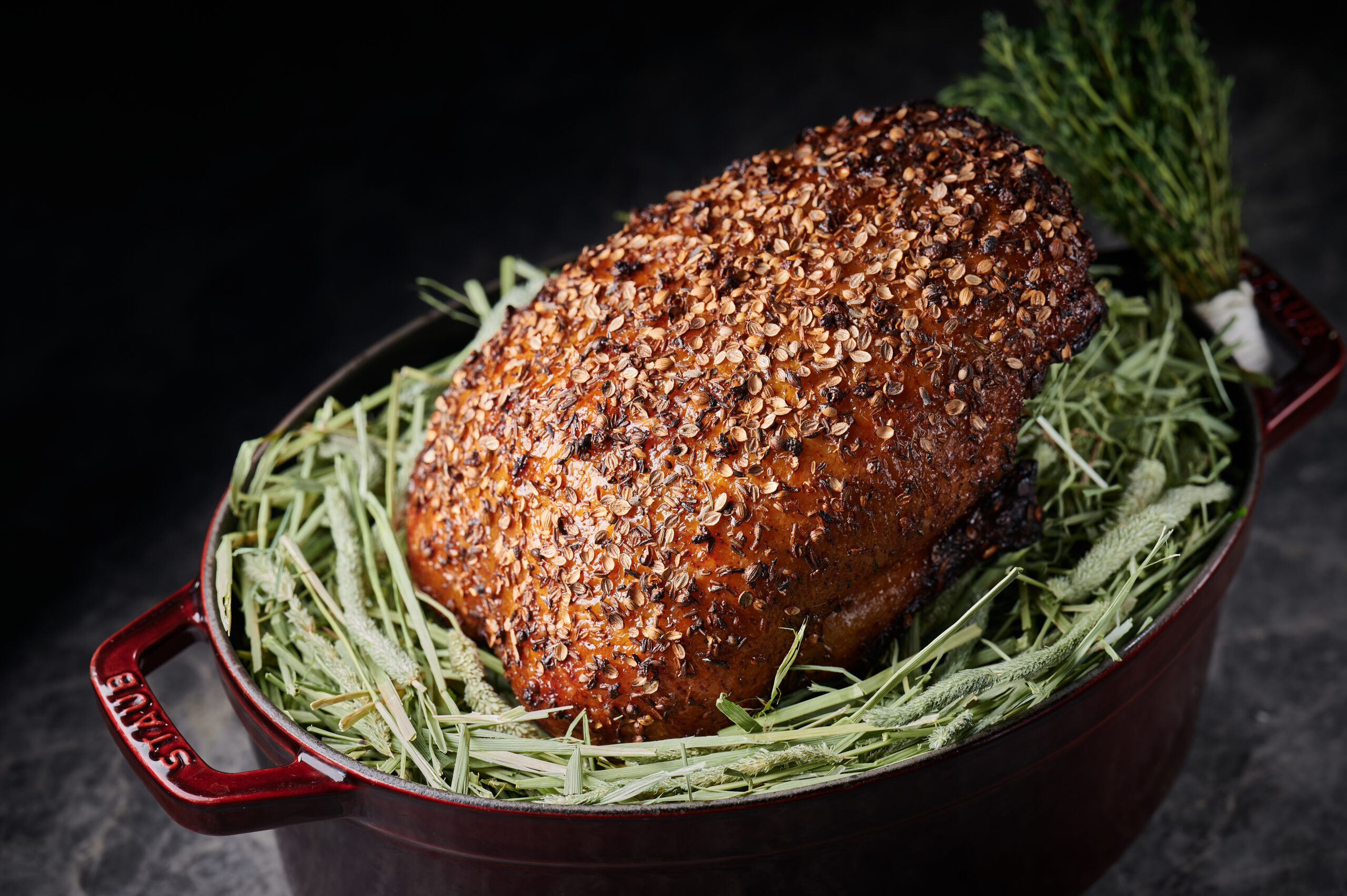 Vea’s Mieral duck. Photos from Vea
Vea’s Mieral duck. Photos from Vea
His unplanned return to Asia led him to establish the viral pandemic sourdough brand Naked Bakery, work at the Michelin-starred La Dame de Pic Raffles Singapore as sous chef, and land as chef de cuisine of Michelin-starred Vea in Hong Kong.
His transnational journey as a chef, his multicultural background, and his grit and faithfulness to his craft and culinary vision have positioned him as a rising star in the culinary scenes of both Hong Kong and Manila.
Here, Hsieh, who just turned 33 on the day of our interview in Hong Kong, sits down with visual artist and curator Patrick de Veyra to talk about his love affair with good food, his convoluted yet serendipitous journey towards finding his calling in the kitchen, and his creative vision as a jetsetting, culinary maverick.
Can you walk us through your daily workflow in and out of the kitchen?My day starts with an espresso. Then I greet everyone good morning. Either I move on to start helping the team with their prep or I work on new dishes for the coming season. In between, there will be the usual problem solving—from mistakes made by the kitchen brigade to solving issues with suppliers.
After prep, there’s the daily clean down of the kitchen, then we set up for dinner service. Once dinner service is done, I move on to making the orders for the next day while the team closes their section and does the daily “end of day” tasks. The sous chefs and I check everyone’s respective sections and end the day with a nice cold beer.
READ: A cut above the rest? These steakhouses literally raise the stakes
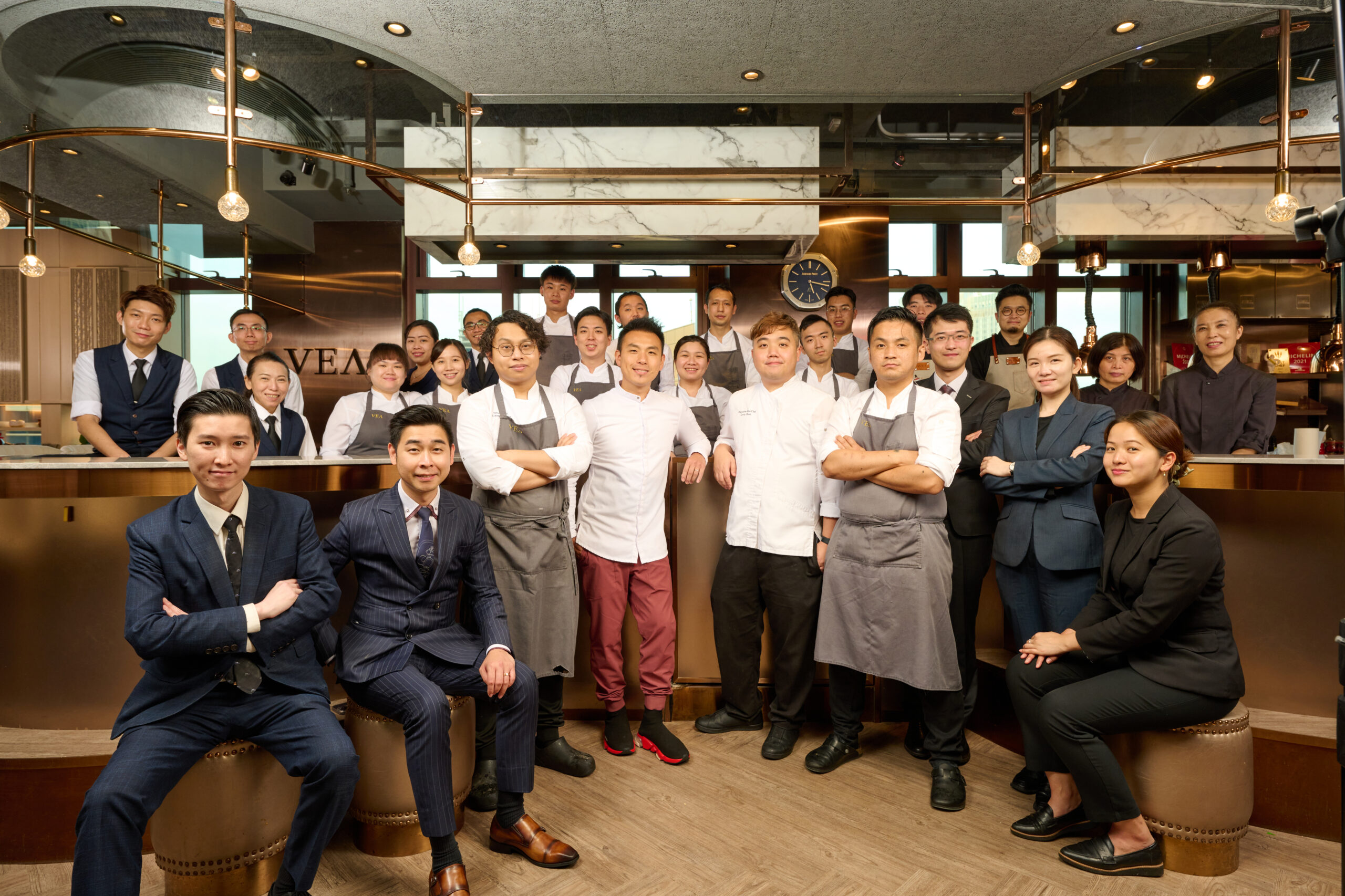 Vea team with executive chef Vicky Cheng. Photo from Vea
What is your leadership style as chef de cuisine?
Vea team with executive chef Vicky Cheng. Photo from Vea
What is your leadership style as chef de cuisine?
I would say I’m more of a collaborative leader. I like to have everyone’s opinion to have a better understanding of each team member. For me, leadership is about knowing how to motivate people so that I can maximize everyone for the restaurant’s benefit.
What do you love the most about your role as Vea’s chef de cuisine?What I love the most about being chef de cuisine at Vea is learning about chef Vicky Cheng’s philosophy and his approach to using Chinese ingredients in a French context. He can build a bridge between the two opposites while being neither pretentious nor too forceful.
 “What I love the most about being chef de cuisine at Vea is learning about Chef Vicky Cheng’s philosophy and his approach on using Chinese ingredients in a French context,” says Hsieh
What are your favorite dishes at Vea?
“What I love the most about being chef de cuisine at Vea is learning about Chef Vicky Cheng’s philosophy and his approach on using Chinese ingredients in a French context,” says Hsieh
What are your favorite dishes at Vea?
1. Sea cucumber with tiger prawn mousse and 20-year-old Shaoxing wine. It’s the signature dish by chef Vicky Cheng that embodies the restaurant’s philosophy. He takes a true classic Chinese delicacy and transforms it into something innovative by stuffing it with tiger prawn mousse. In this mousse, one will find both Chinese and French techniques at work. The French part is the process of creating a mousse, which involves a technique that seems counterintuitive but it simply works. You add fat and yet the result is a lighter product. The Chinese technique is transforming the prawn’s texture into something almost crunchy. The treatment of the sea cucumber is quite against the grain. Usually in a traditional Chinese setting, it is served braised-tender and gelatinous. But chef Vicky turns it into the opposite while making it equally as good. The thought that goes behind this course is unbelievable. It is hard to explain actually. You have to experience it for yourself.
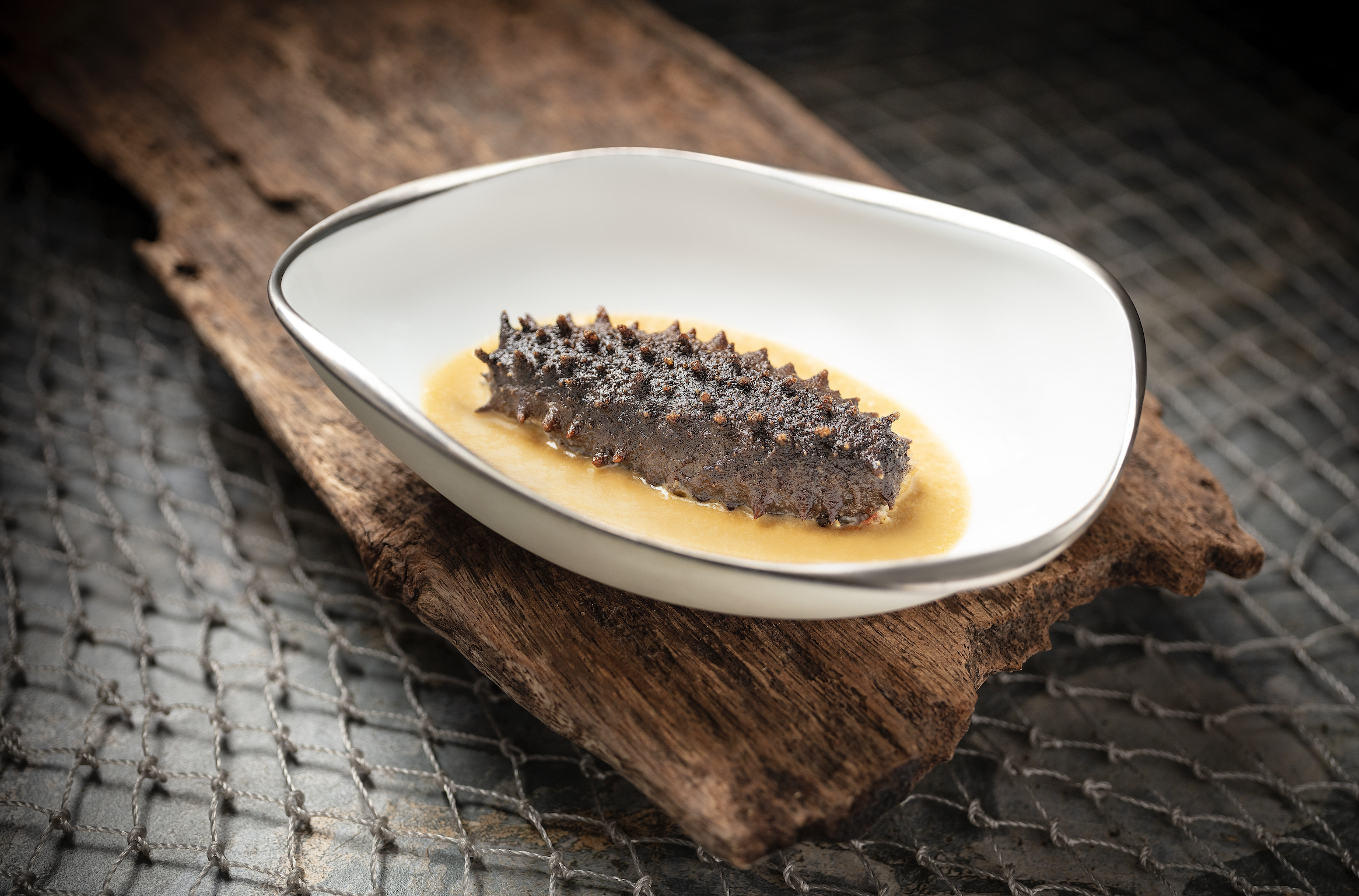 Sea cucumber with tiger prawn mousse is Harvey’s #1 favorite among Vea’s many incredible courses. Photo from Vea
Sea cucumber with tiger prawn mousse is Harvey’s #1 favorite among Vea’s many incredible courses. Photo from Vea
2. 28-head abalone pithivier with sweet bread is the perfect marriage of East and West. Utilizing a classic French technique (pithivier) of putting together luxury ingredients into a pie. But using the most premium of all Chinese ingredients: abalone. And then wrapping it in Chinese puff pastry.
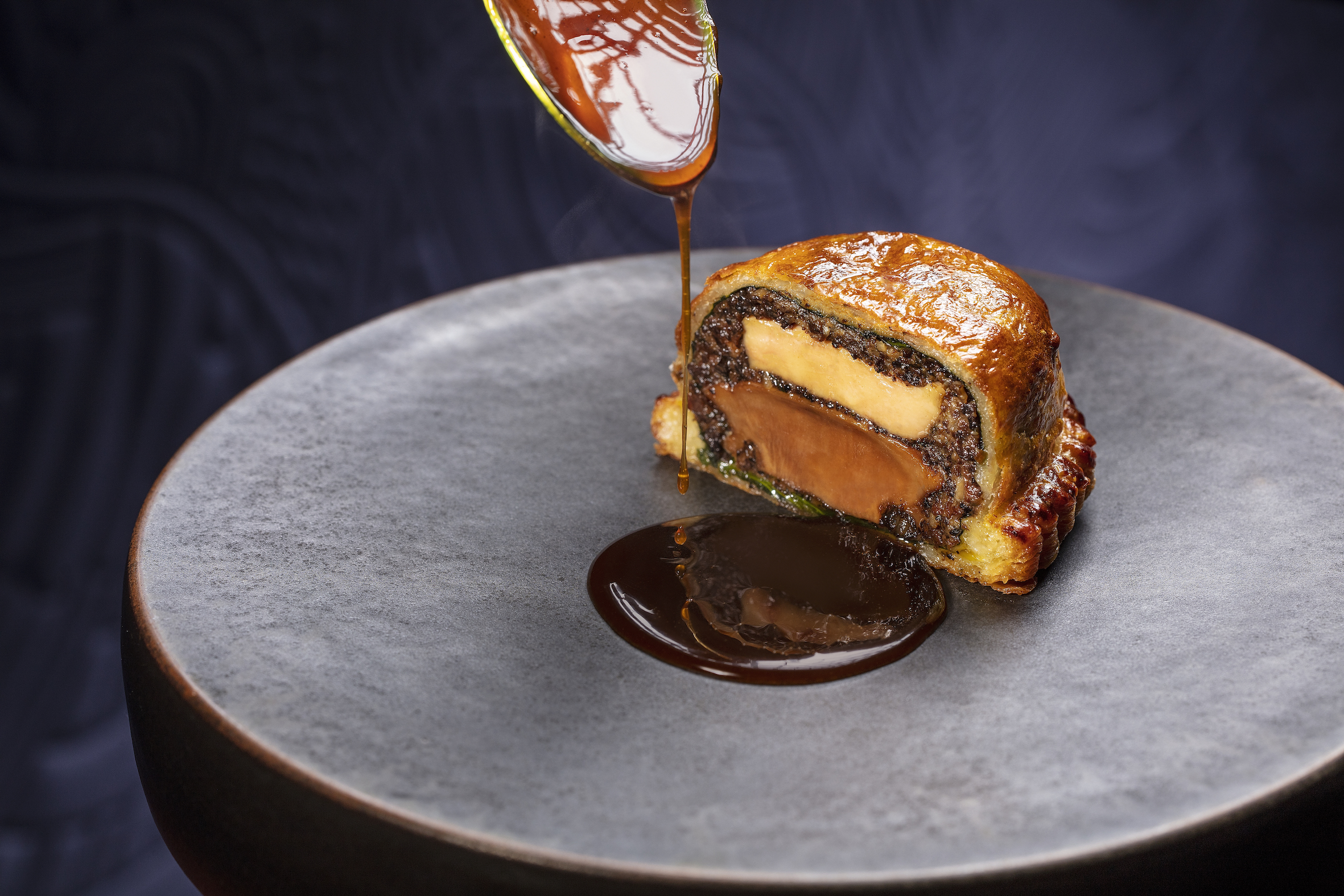 28 head dried abalone pithiviers is one of Harvey’s personal top 3 favorites. Photo from VEA
28 head dried abalone pithiviers is one of Harvey’s personal top 3 favorites. Photo from VEA
3. Fish maw noirmoutier potato and black truffle is another Chinese delicacy that has been “bastardized” in the most innovative and beautiful way. The dish showcases an interplay between fat and acid: Fat being the fish maw and acid from the beurre blanc. The black truffle is just there as the cherry to an already perfect dish.
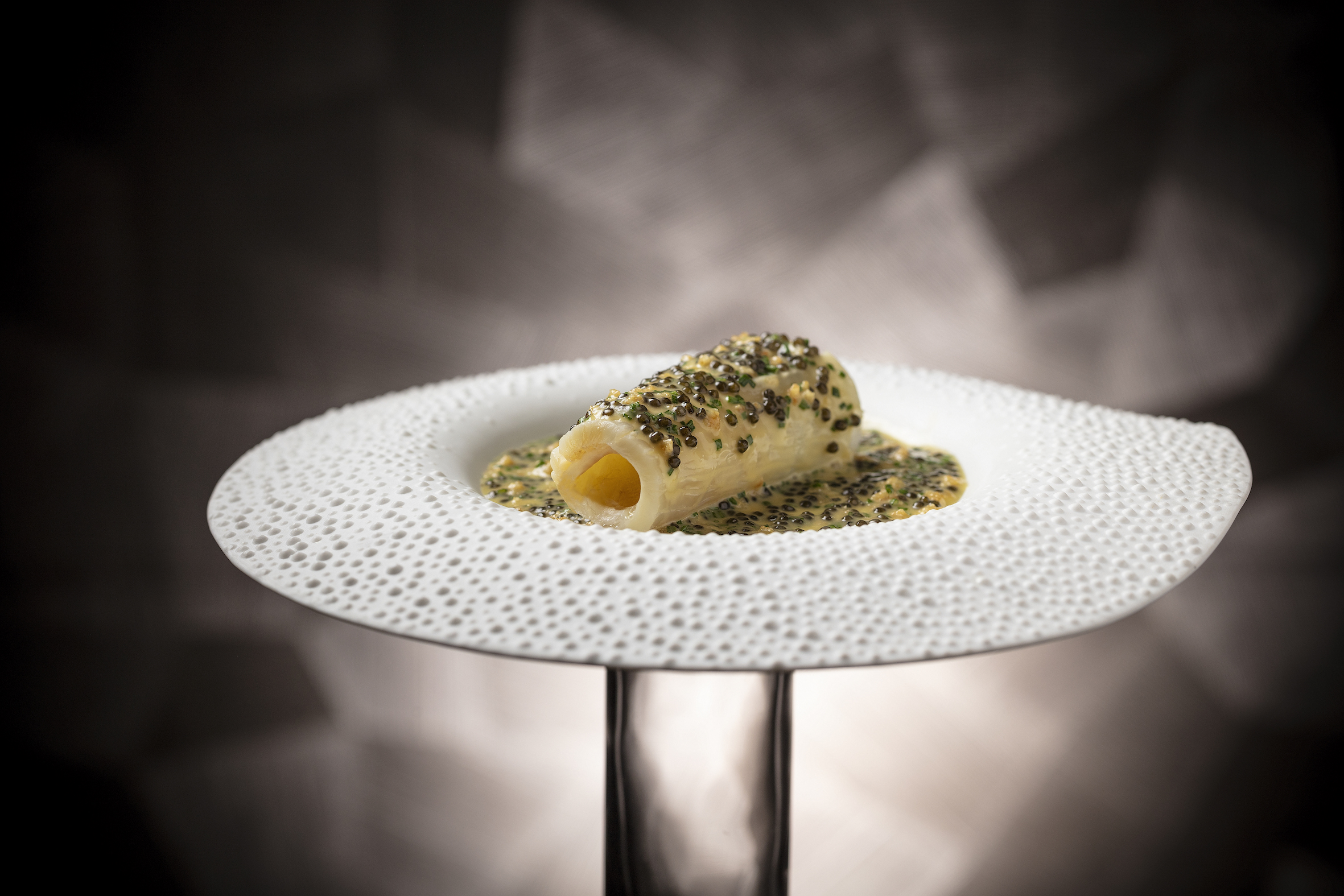 Another personal favorite of Hsieh is Vea’s fish maw, a dish that showcases an interplay between fat and acid. Photo from VEA
What are your go-to no-frills restaurants for Cantonese food?
Another personal favorite of Hsieh is Vea’s fish maw, a dish that showcases an interplay between fat and acid. Photo from VEA
What are your go-to no-frills restaurants for Cantonese food?
There are a lot of restaurants that serve incredible Cantonese food. For dim sum, I go to the 104-year-old Hong Kong classic Lin Heung Lau in Central. For roast goose, roast pork, and char siu, I frequent Ki’s in Tin Hau. For noodles, I go to either Sister Wah or Shui Kee.
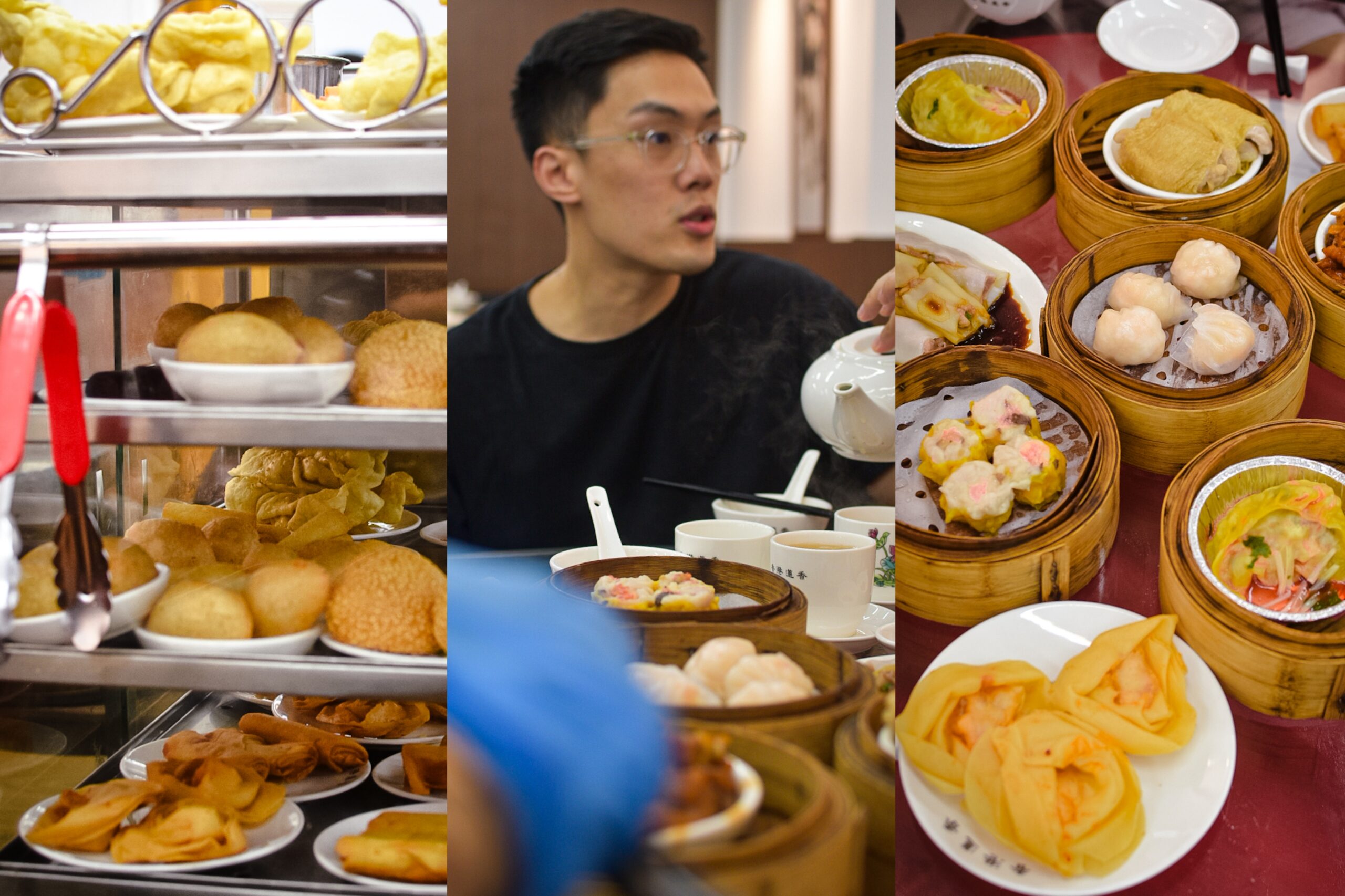 For dim sum, Harvey Hsieh frequents the 104-year-old Hong Kong institution Lin Heung Lau. Photos by Patrick de Veyra
For dim sum, Harvey Hsieh frequents the 104-year-old Hong Kong institution Lin Heung Lau. Photos by Patrick de Veyra
READ: These are the newest must-try restaurants around Tagaytay
Take us back to the time when you faced your existential “fork in the road.” What compelled you to quit your Ateneo de Manila University education as a 19-year-old and take an uncertain, unfamiliar path as a culinary arts student at Le Cordon Bleu?Going through my schooling in the Philippines, I’ve always felt I was out of place. I went through the motions thinking that I was only doing this because it was required and everyone else was doing it. I guess, for some reason, attending classes at ADMU was like a slap in the face. That enough is enough. I felt that I finally had to do something about it, that I finally had to take control of my life’s direction.
This chapter of my life made me realize that nothing in life is easy. We take risks, we commit to carry on, and we finish what we have started regardless of the setbacks. In the end, what’s most important is having the right balance of passion and dedication. I learned that passion without dedication almost always leads to unrealized dreams.
Your mentor, legendary French chef, restaurateur, and author, Anne-Sophie Pic once said, “The perfect meal is about the osmosis between aroma, taste, service, decoration and design, tableware, place, and the people that share the moment with you.” If you were to come up with your own quotable quote about what makes a perfect meal, what would it be?A perfect meal should be memorable and pleasurable, regardless of the context. Having an unforgettable meal is a deeply visceral experience. It should evoke emotions that will forever be etched into your core.
 Bluefin tuna with beetroot and ikura. Photo from Vea
Bluefin tuna with beetroot and ikura. Photo from Vea
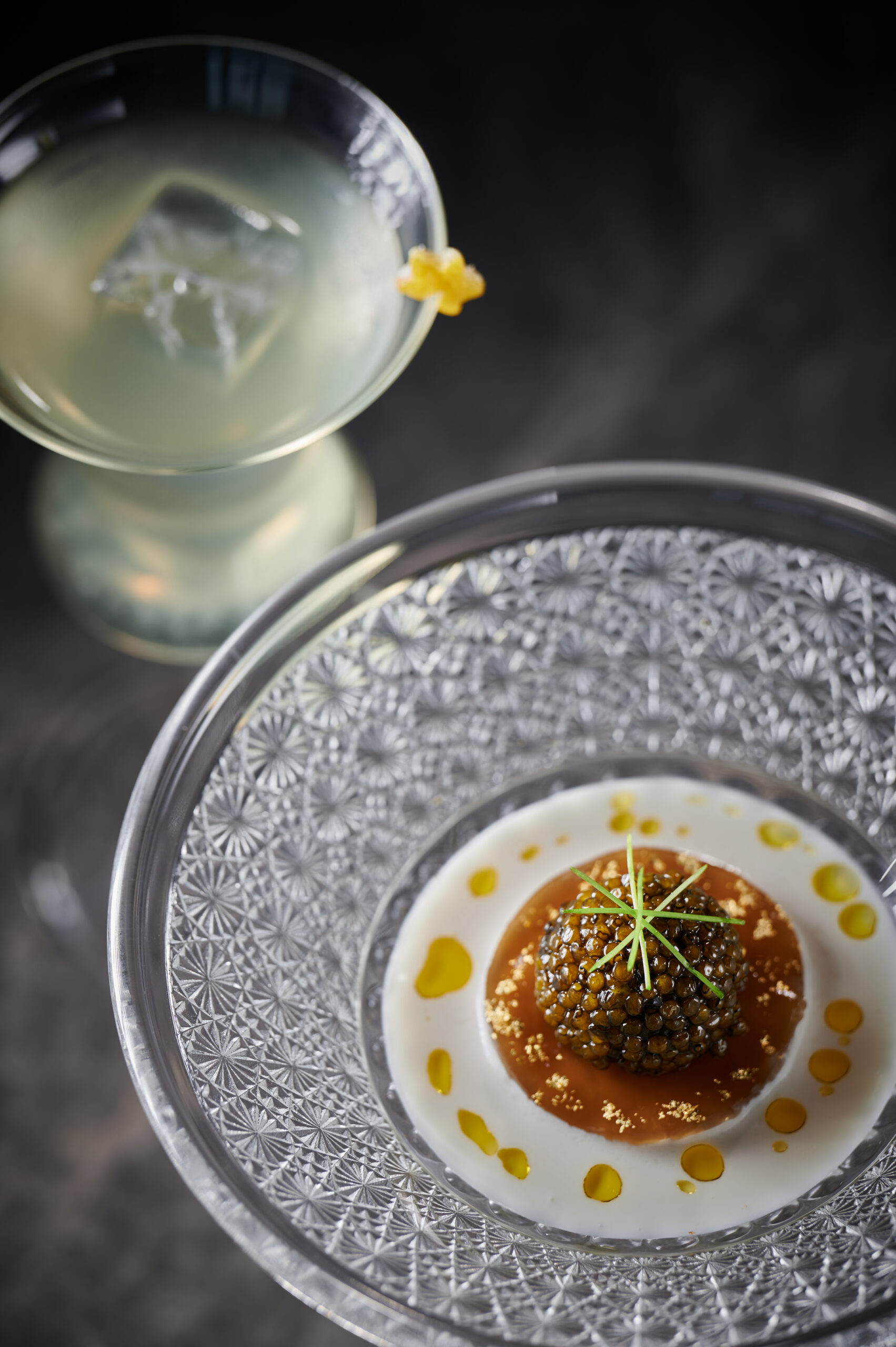 Kristal Caviar with smoked coconut and water bamboo
Can you share some of your core principles and “non-negotiables” as a chef, restaurateur, creative, and human being?
Kristal Caviar with smoked coconut and water bamboo
Can you share some of your core principles and “non-negotiables” as a chef, restaurateur, creative, and human being?
It’s all about service and honing the ability to provide happiness through your craft. It’s also about the discipline of cleanliness and having the ability to work smart.
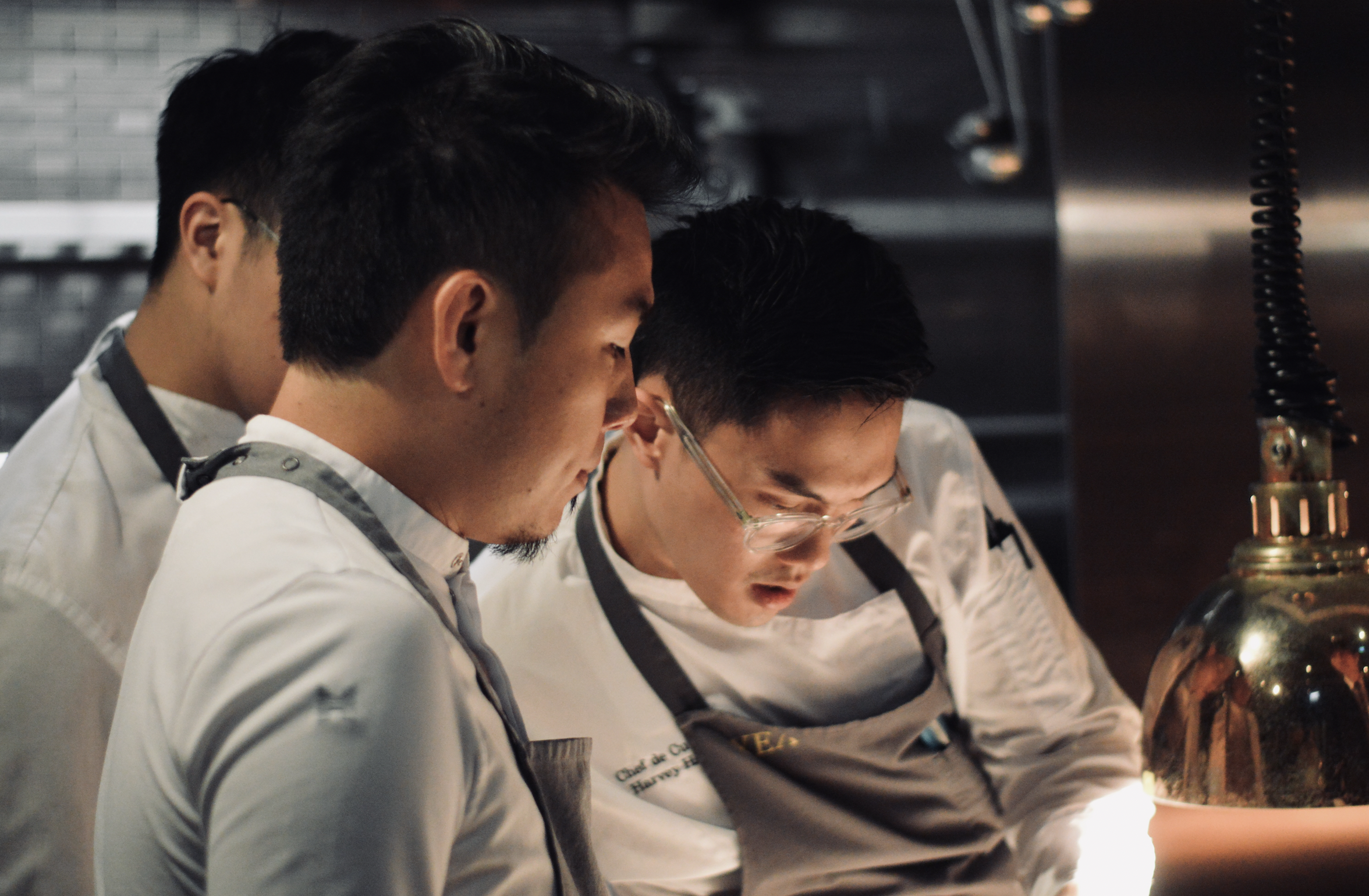 “It’s all about service and honing the ability to provide happiness through your craft. It’s also about the discipline of cleanliness and having the ability to work smart,” says Harvey Hsieh
Tell us about your absolute dream restaurant, one that embodies your personal culinary philosophy as a culinary artist.
“It’s all about service and honing the ability to provide happiness through your craft. It’s also about the discipline of cleanliness and having the ability to work smart,” says Harvey Hsieh
Tell us about your absolute dream restaurant, one that embodies your personal culinary philosophy as a culinary artist.
My dream restaurant is not defined by boundaries. I would like to create a restaurant with no identity, where people are free to create without having to think of what is the trend or be bound by what the restaurant should be.
Why are you a culinary artist?I am a culinary artist because the magic of cooking is being able to turn dust into gold. Being able to turn nothing into something special. What makes me happy is to see people having a good time enjoying the food I put out.
READ: Kampai’s success rests on riding tumultuous waves to reach greater heightsj9 philippines
